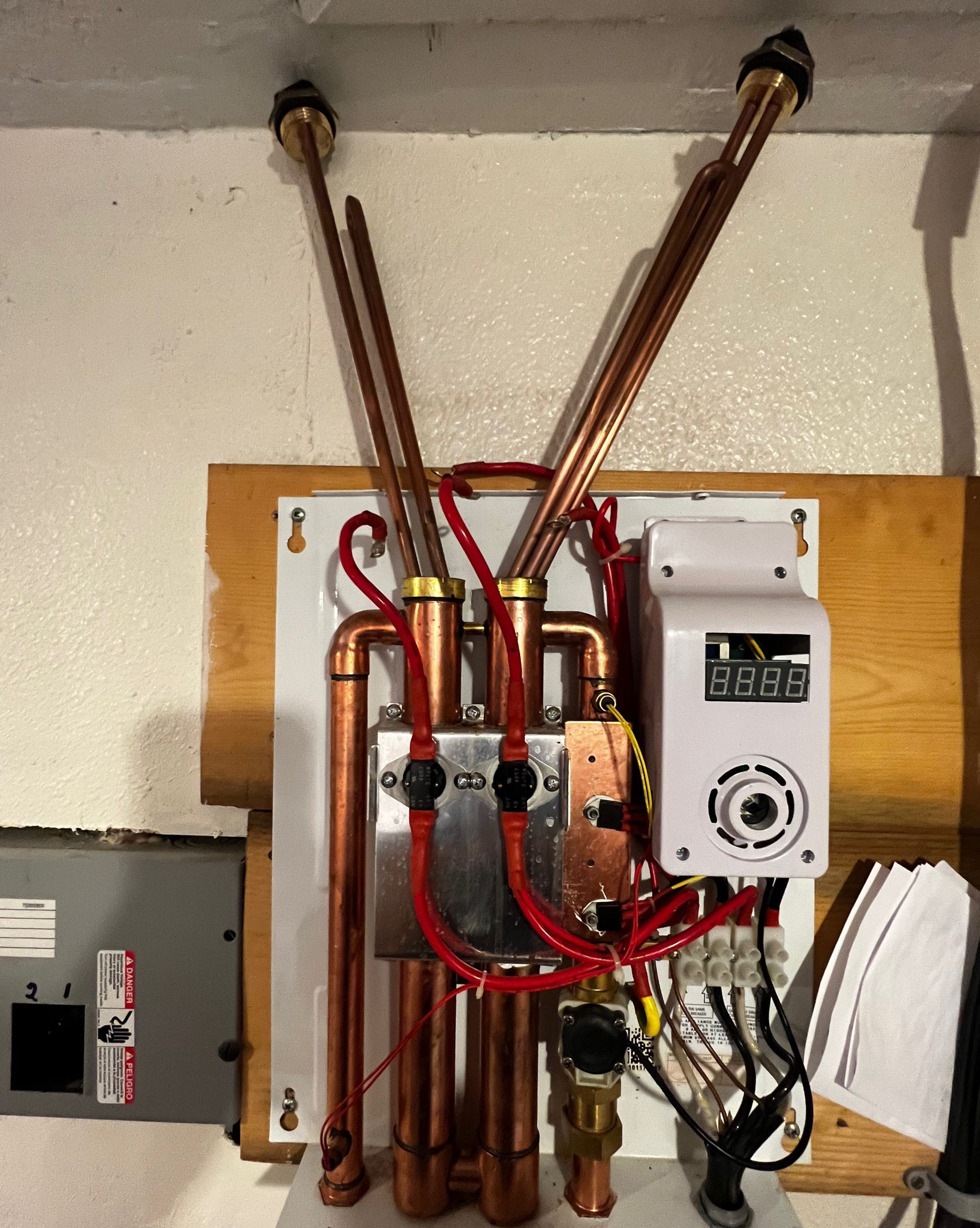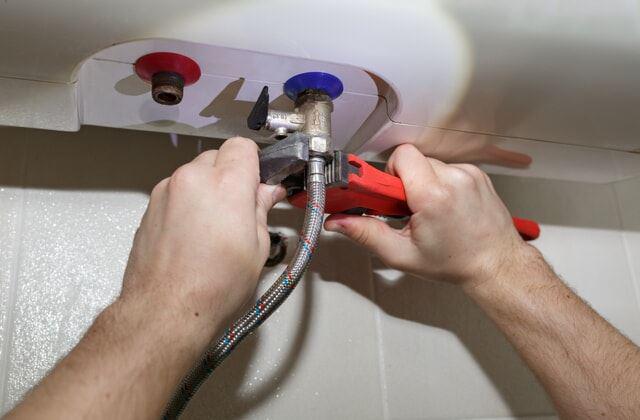Simple Steps to Caring for Your Home's Hot Water SystemEasy Steps to Maintaining Your Home's Hot Water System
Simple Steps to Caring for Your Home's Hot Water SystemEasy Steps to Maintaining Your Home's Hot Water System
Blog Article
They are making a number of great points relating to How to Maintain a Hot Water Heater in a Few Simple Steps as a whole in this article followed below.

Hot water is necessary for daily comfort, whether it's for a revitalizing shower or washing meals. To guarantee your warm water system runs efficiently and lasts longer, normal maintenance is essential. This post gives useful ideas and understandings on how to maintain your home's warm water system to stay clear of disruptions and costly repair services.
Introduction
Maintaining your home's hot water system may appear daunting, however with a couple of straightforward actions, you can ensure it operates smoothly for many years ahead. This overview covers everything from understanding your hot water system to DIY upkeep pointers and recognizing when to employ professional assistance.
Significance of Preserving Your Warm Water System
Normal upkeep not just extends the lifespan of your hot water system but also guarantees it runs effectively. Disregarding upkeep can bring about lowered performance, higher energy bills, and even premature failure of the system.
Signs Your Hot Water System Demands Upkeep
Recognizing when your warm water system requires attention can avoid significant problems. Keep an eye out for indicators such as inconsistent water temperature, unusual sounds from the heating unit, or corroded water.
Purging the Hot Water Heater
Purging your hot water heater removes sediment buildup, improving effectiveness and extending its life.
Monitoring and Changing Anode Rods
Anode poles stop deterioration inside the container. Evaluating and changing them when worn is vital.
Facility Concerns Calling For Specialist Aid
Instances consist of significant leakages, electric troubles, or if your hot water heater is continually underperforming.
Regular Specialist Upkeep Perks
Expert maintenance can include comprehensive evaluations, tune-ups, and ensuring compliance with safety criteria.
Evaluating and Readjusting Temperature Level Settings
Adjusting the temperature settings makes certain optimum efficiency and security.
DIY Tips for Upkeep
You can perform several maintenance tasks yourself to keep your hot water system in top condition.
Checking for Leakages
Regularly inspect pipes and connections for leaks, as these can cause water damages and greater costs.
Recognizing Your Warm Water System
Prior to diving right into upkeep jobs, it's practical to comprehend the fundamental elements of your hot water system. Usually, this includes the water heater itself, pipes, anode poles, and temperature level controls.
Month-to-month Upkeep Tasks
Routine regular monthly checks can help catch small concerns prior to they intensify.
Evaluating Pressure Alleviation Valves
Testing the stress relief valve ensures it operates appropriately and stops extreme pressure build-up.
Shielding Pipes
Insulating hot water pipes lowers warm loss and can save energy.
When to Call a Specialist
While do it yourself maintenance is helpful, some problems require specialist experience.
Final thought
Regular maintenance of your home's warm water system is vital for efficiency, long life, and expense savings. By adhering to these ideas and knowing when to look for expert help, you can make certain a trustworthy supply of hot water without unanticipated interruptions.
How to Maintain an Instant Hot Water Heater
Before tinkering with your hot water heater, make sure that it’s not powered on. You also have to turn off the main circuit breaker and shut off the main gas line to prevent accidents. Also turn off the water valves connected to your unit to prevent water from flowing into and out of the appliance. 2. When you’re done, you have to detach the purge valves’ caps. These look like the letter “T” and are situated on either side of the water valves. Doing so will release any pressure that has accumulated inside the valves while at the same time avoid hot water from shooting out and burning your skin. 3. When the purge valves’ caps are removed, you have to connect your hosing lines to the valves. Your unit should have come with three hoses but if it didn’t, you can purchase these things from any hardware or home repair shops. You can also get them from retail stores that sell water heating systems. Read the user’s manual and follow it to complete this task properly. When the hosing lines are connected, open the purge port’s valves. 4. You should never use harsh chemical cleaners or solutions when cleaning your unit. Make use of white vinegar instead. It should be undiluted and you’ll probably use about 2 gallons. 5. Now flush your water heater. This task should probably take about 40 minutes. We can’t give you specific directions for this because the procedure is carried out depending on the type, model and brand of your heater. With that being said, refer to the user’s manual. 6. When you’re done draining the unit, you have to turn off the purge port valves again. Remove the hosing lines that you earlier installed on each of the water valves. Put the valve caps (purge port) back in their respective places and be very careful so as not to damage the rubber discs that are found inside these caps. 7. Now that everything’s back in place, check your user’s manual again to find out how to reactivate your water heating system. 8. Once it is working, turn one of your hot water faucets on just to let air pass through the heater’s water supply pipes. Leave the tap on until water flows smoothly out of it. https://www.orrplumbing.com/blog/2014/september/how-to-maintain-an-instant-hot-water-heater/

I hope you enjoyed our part on Tips on Maintaining a Water Heater. Thanks for taking time to read our article. Enjoyed reading our blog entry? Please quickly share it. Help others discover it. Thanks so much for your time invested reading it.
Phone Report this page